Our History
With a rich history of empowering communities, we advance education, social justice and spiritual growth, making God’s goodness known in the world.
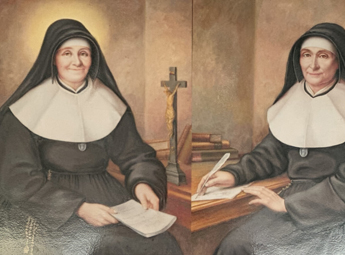

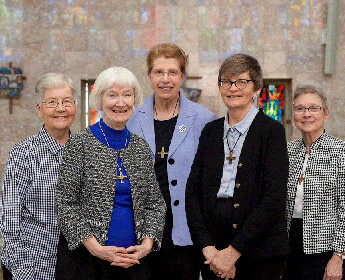
From the heart of France to the United States and across the globe, we have been transforming lives and communities for over two centuries.
The Sisters of Notre Dame de Namur, founded in France in 1804 by St. Julie Billiart, reflect her belief in the goodness of God. St. Julie saw education as the best means to accomplish this and established schools to “teach them what is necessary to equip the children for life.”
We have a long history of serving those in need, educating for life and providing support through pastoral ministries and social services. We have a deep respect for the goodness and dignity of each person, with a preference to serve those in the most abandoned places.
“We exist only for the poor, only for the poor, absolutely only for the poor.”
–St. Julie Billiart, Letter 86
In addition to serving in 23 U.S. states and Washington, D.C., we serve in or have sponsored ministries in 16 countries.
Learn About Our Journey
1800s | Early 20th Century | Mid-Late 20th Century | 21st Century

Sisters Set Sail
Six courageous Sisters of Notre Dame de Namur sail for six months on the Indefatigable from Belgium to Astoria, Oregon and open a school and orphanage to serve the Clatsop Indians and settlers. Their teaching is often interrupted by survival needs: milking cows, raising crops, cutting wood and making beer.
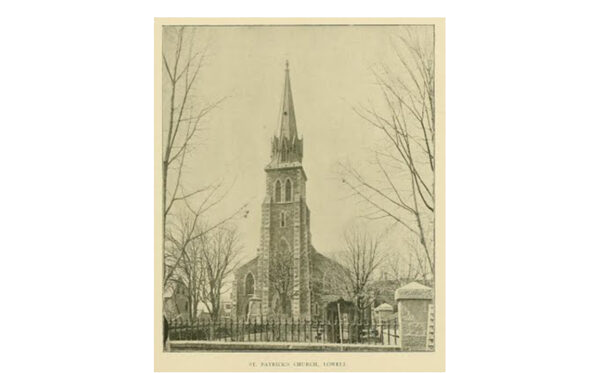
Three brave Sisters go by rail and coach from Cincinnati, Ohio to Boston, Mass. to take over the church school at St. Mary’s in the North End of Boston. There are no stairs at their convent on Stillman Street and they climb a ladder to get to their second floor bedroom. Sometimes a sister is stranded upstairs when one of them forgot to leave the ladder in place!
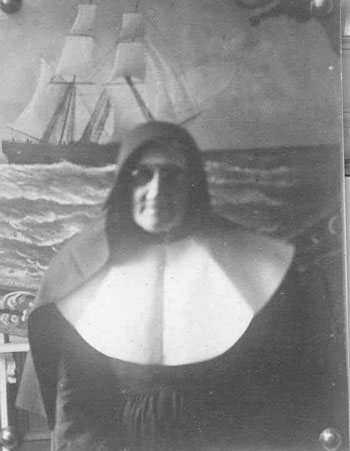 Circle
Circle
Sisters Loyola and Marie Catherine journey from Oregon to San Francisco, Calif. to meet Sisters arriving from Belgium for their Oregon mission. With 25 cents in their pockets and an abundance of faith, the Sisters remain to open a boarding school in San Jose, the College (high school) of Notre Dame (CND). In 1868, CND is chartered as the first college in California authorized to grant the baccalaureate degree to women, and is known as the “best school for young ladies” in the West.
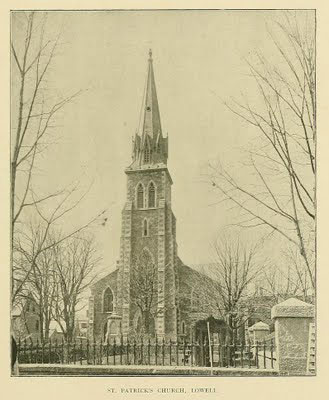
The Sisters open a school for children at St. Patrick’s in Lowell, Mass. to address the long-neglected educational needs of the girls of the area and to meet the city’s dire need for that era’s version of daycare. They also open a boarding school in Lowell in 1854.
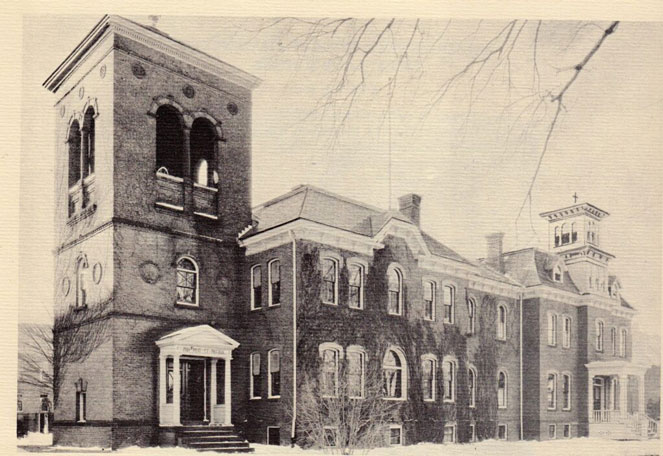 Circle
Circle
The Sisters open additional parish schools in Salem, Mass. and Notre Dame Academy (NDA), a boarding school for girls, in Roxbury, Mass. Over the coming decades they open schools across Massachusetts including St. Mary’s School in Lawrence, and the Holy Redeemer School East Boston.
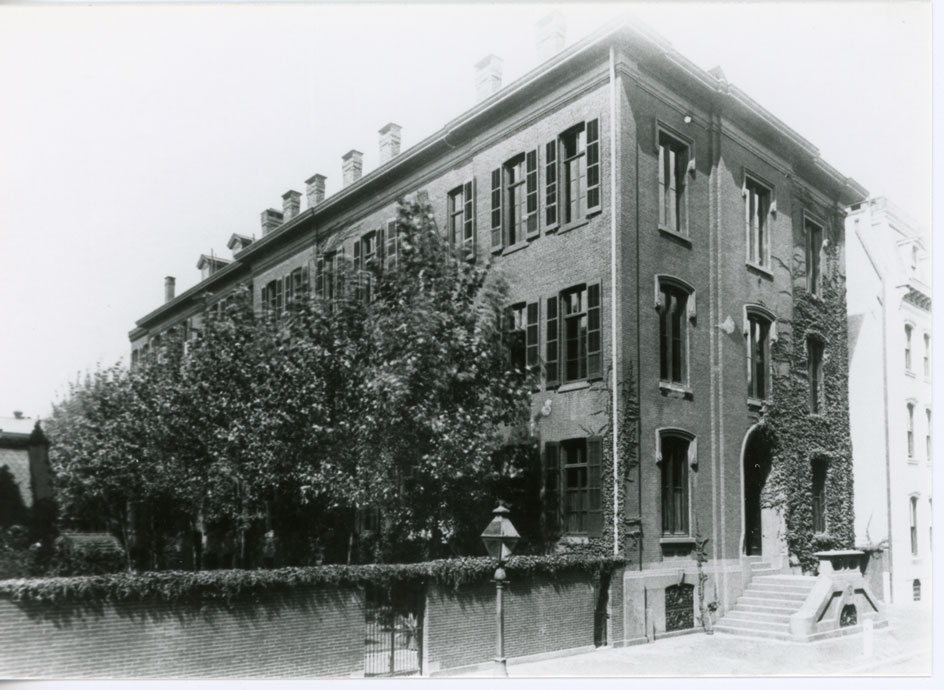
Five Sisters make the two-day trip from San Jose, Calif. to open a school in Marysville, Calif. Over the coming decades they open schools across California.
Sisters open “The Academy”, a school for girls at the Parish of the Assumption in Philadelphia, Penn. They move to West Rittenhouse Square in 1867 (pictured) which becomes home to an elementary school, high school and residence for Sisters who teach throughout the archdiocese.
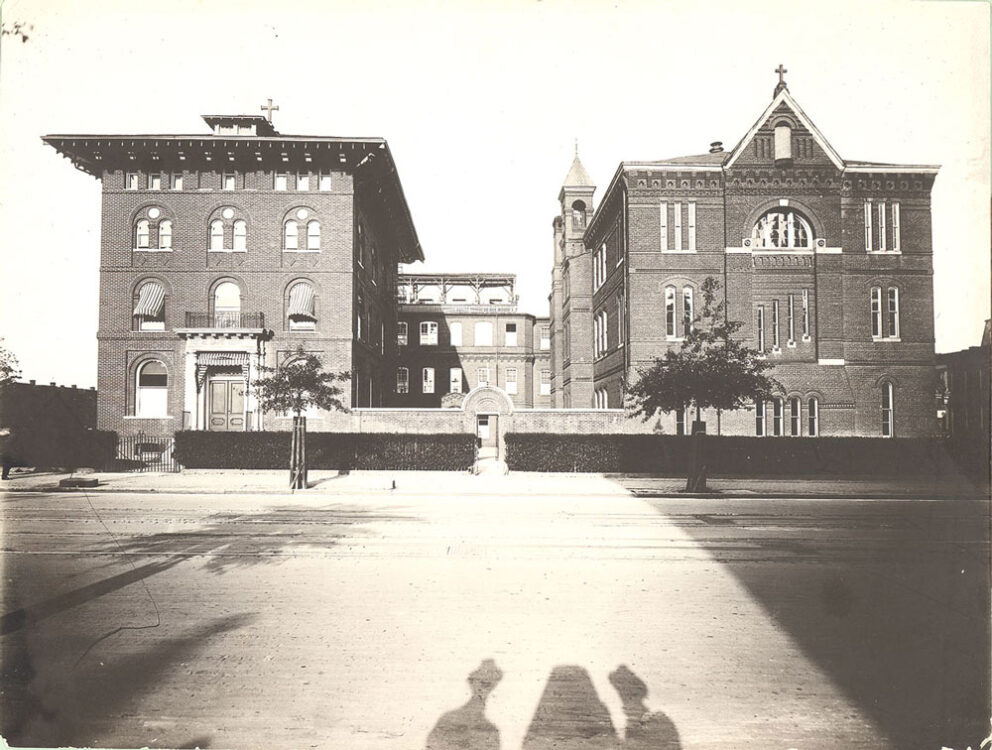
The Sisters arrive in Washington, DC and focus on meeting immediate needs of the poor in the community. They begin three industrial schools for women, which quickly evolve to St. Aloysius elementary school for girls and then the Academy, all at North Capitol and K Streets.
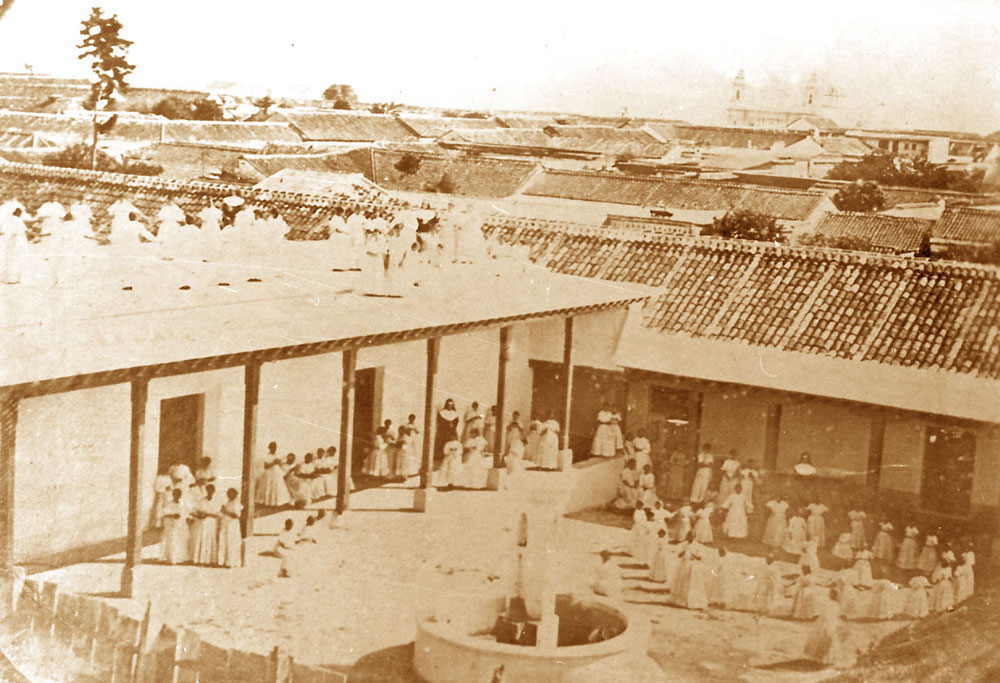
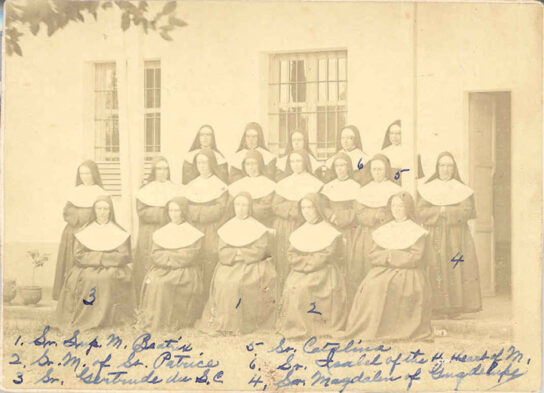
The Sisters are expanding around the world. Because of a radical change in government, Sisters are forced to leave the country of Guatemala, leaving behind families and many beloved students. Twenty-nine Sisters are welcomed in California.
Sisters begin St. Peter Claver School in Philadelphia, Penn. to educate African American students.
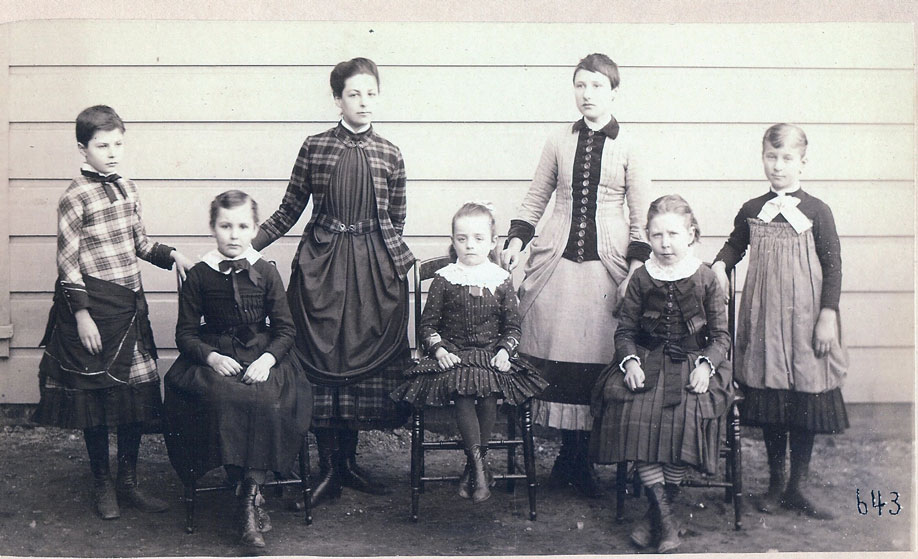 Circle
Circle
The opening of NDA in Alameda, Calif., marks the beginning of a trend to establish parish schools in California during the next several decades.

St. Julie Billiart believed girls should be able to support themselves and sewing was a means to that end. Through the mid-20th century, sewing is part of the curriculum of the Notre Dame schools. The sample was designed by Sr. Sabina Clancy (1869-1947) as part of the sewing curriculum used by all Notre Dame sisters.
 Circle
Circle
Sisters build their new novitiate in Waltham, Mass. to instruct novices and are there nearly a hundred years until moving to a new novitiate in Ipswich, Mass. in 1962.
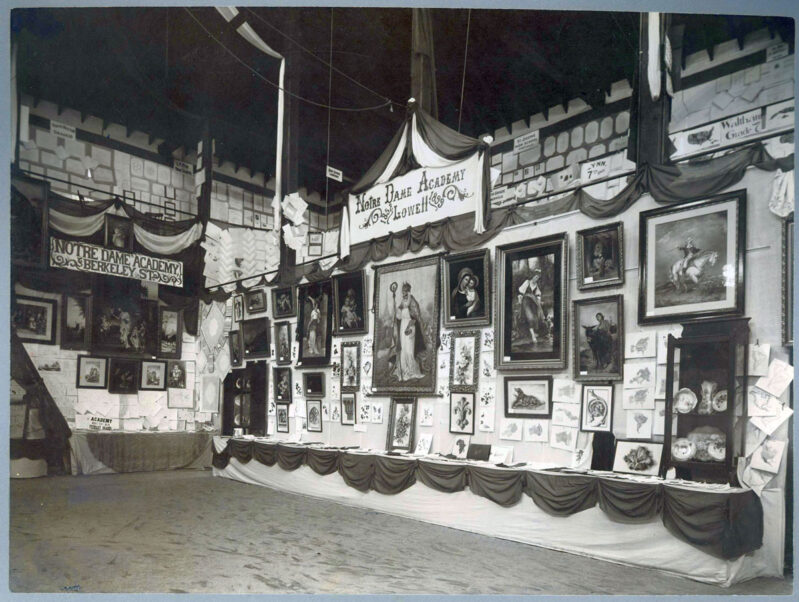 Circle
Circle
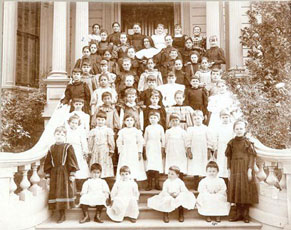
The O’Connor Institute (orphanage) opens in San Jose, Calif., a gift of and supported by philanthropist Mrs. Amanda O’Connor who is moved by the needs of the orphans in San Jose.
The Sisters participate in the World’s Fair in Chicago. Students from Notre Dame schools share examples of their lessons and art to demonstrate the strength of a Catholic education.
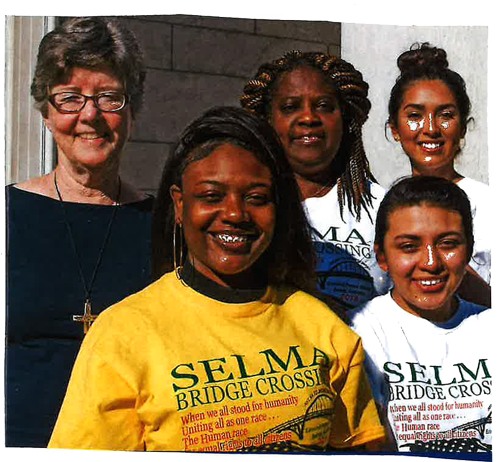
The Sisters open Trinity College in Washington, DC as the nation’s first Catholic liberal arts college for women. Today, Trinity enrolls about 2,000 students in three academic schools: College of Arts and Sciences, School of Nursing and Health Professions and School of Professional and Graduate Studies.
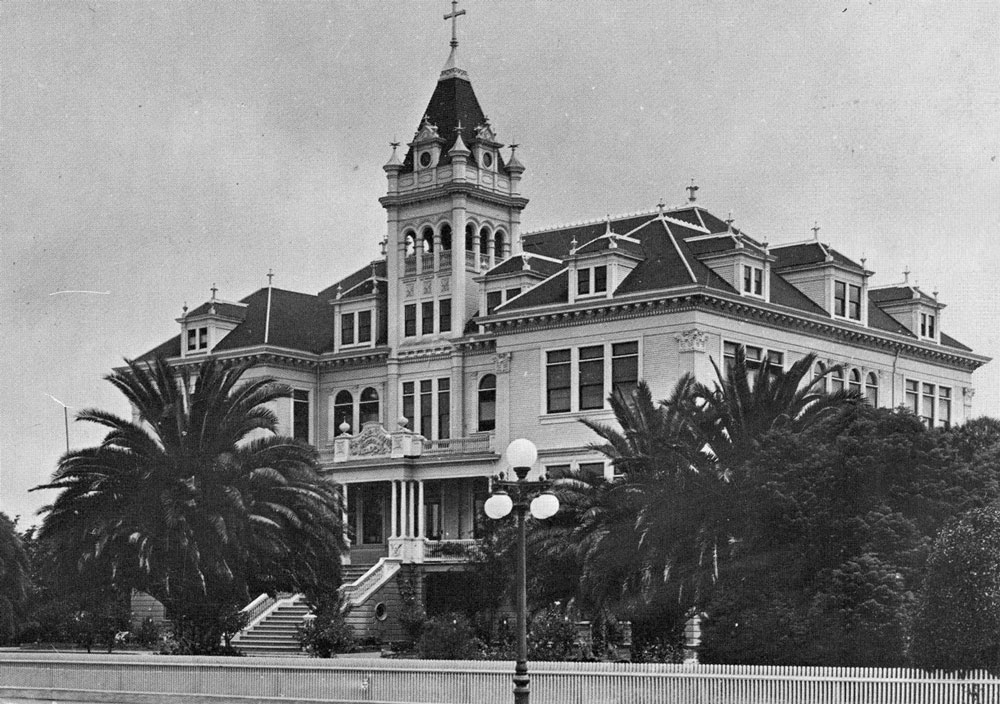
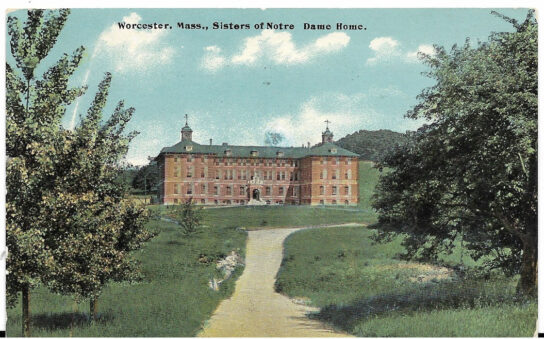
Mrs. Margaret Moreland builds Watsonville’s Moreland NDA in honor of her daughter Josephine, who had died while a student at the College of Notre Dame. Mrs. Moreland is not wealthy woman, and her gift is a sacrifice, but as she often says, it brings her many daughters in the place of her Josie.
The Sisters purchase the Swan Farm in Worcester, Mass. and in 1906 the Sisters complete the work on Notre Dame du Lac, designed to be a place of rest for ill and ailing sisters.
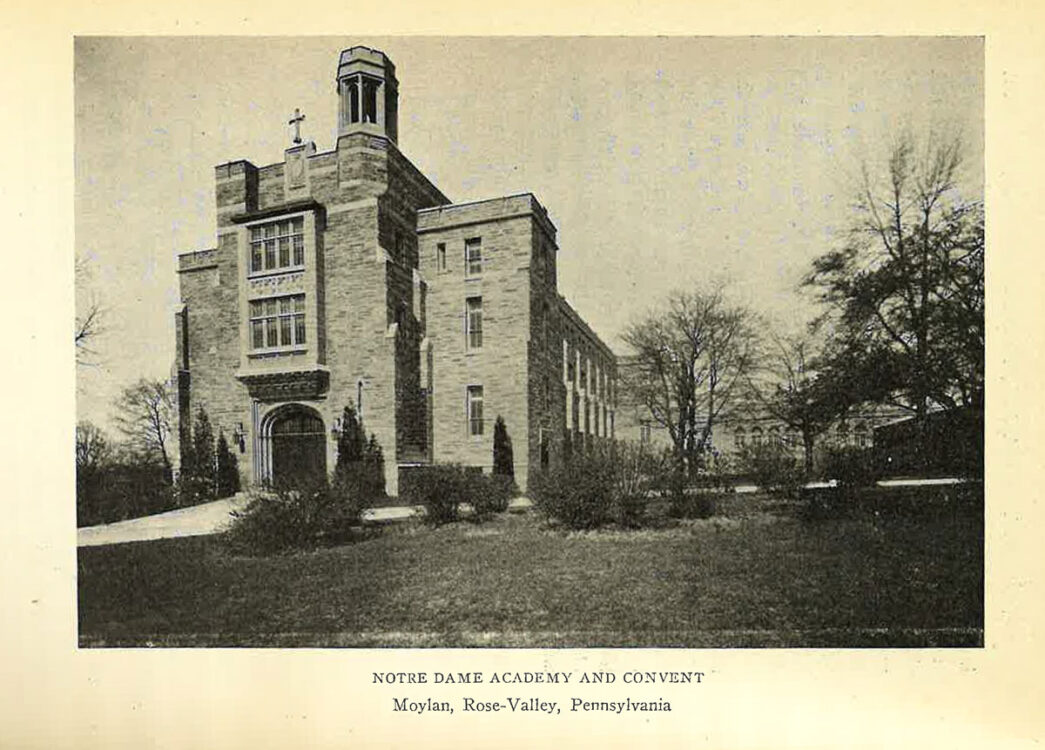 Circle
Circle
The Sisters purchase property in Moylan, Penn. as a summer residence for Sisters at Rittenhouse. In 1926, Notre Dame Academy, Moylan opens and later becomes an archdiocesan high school — open to all — known as Notre Dame High School. At any given time there 45-50 Sisters are on faculty.
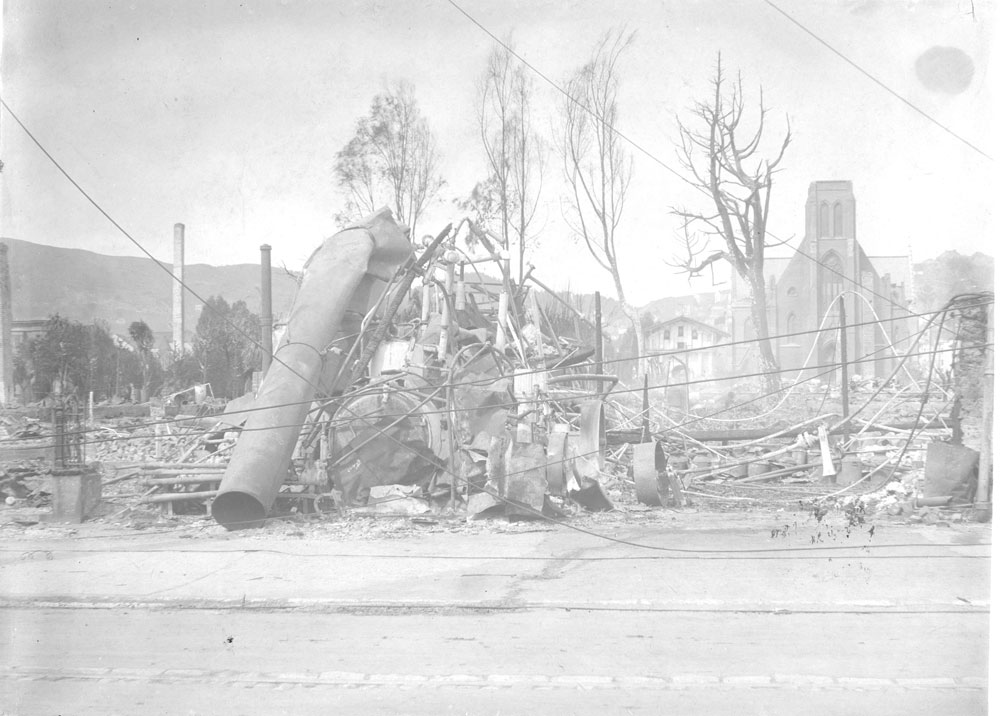
The Sisters purchase a farm house and property in Saratoga, Calif. as a place for the exhausted teachers to rest.
The 1906 Earthquake in California does major damage to many schools. In an effort to prevent spread of fire, the College of Notre Dame San Francisco school and convent complex, including the newly constructed addition, is dynamited to create a fire break. Sr. Mary Bernardine sends a telegram after the earthquake: “The Sisters, the children, all safe. God is good. Buildings can be rebuilt.”
The Sisters purchase the Tyngsboro property with an eye to opening a Notre Dame Academy. The estate is used for rest and retreat for the Sisters, and NDA Tyngsboro is later completed and opened in 1927 where it remains today. In 1931 the Academy in Lowell closes and students transfer to NDA Tyngsboro.
During the 1918 Influenza Pandemic, Sisters in Massachusetts, from Boston to Worcester, from Salem to Lowell go out to nurse the sick.
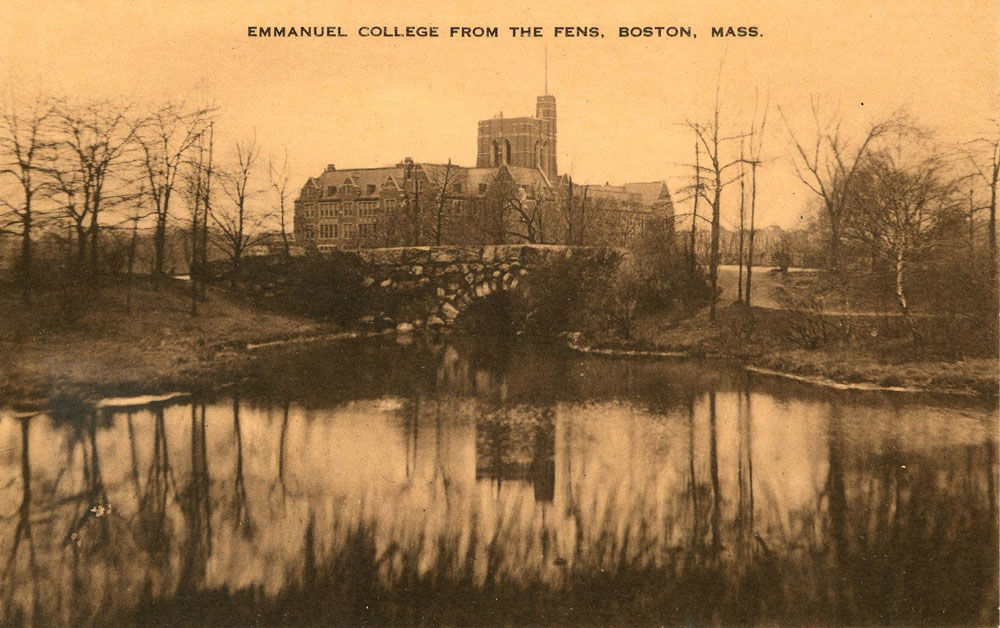 Circle
Circle
The Sisters open Emmanuel College, the first Catholic women’s college in New England. Today Emmanuel College enrolls more than 2,000 students from 35 states and territories and 42 countries.
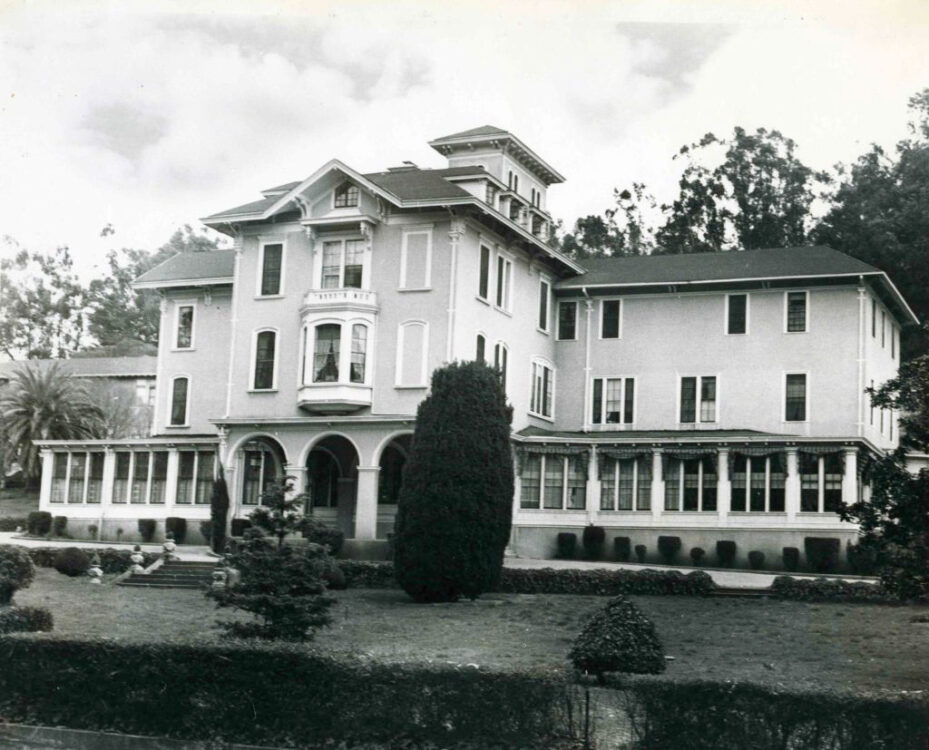 Circle
Circle
The Sisters acquire the William Ralston property in Belmont, Calif. and the College of Notre Dame — including the high school and elementary departments — and the novitiate and province administration move to Ralston Hall.
 Circle
Circle

Massachusetts Sisters are invited to Okayama, Japan to take a the school that had been run by the Sisters of the Infant Jesus.
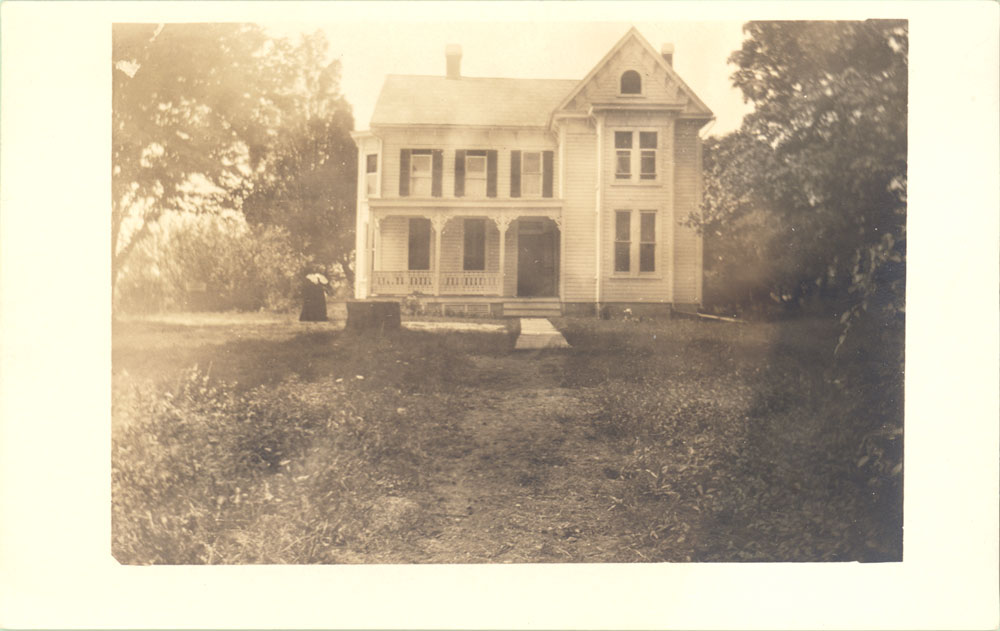
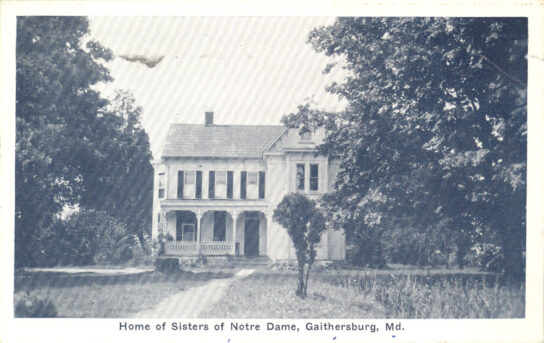
Two Sisters travel by train each week from Washington, D.C. to teach Sunday school classes at St. Martin of Tours Parish in Gaithersburg, Md. until a Convent is opened in the parish February 1926.
Notre Dame High School San Jose moves to the its new location at Second and Reed Streets in San Jose, Calif. The new site includes the former spacious home which the Honorable and Mrs. Myles P. O’Connor had given to the Sisters in 1898. Notre Dame High School San Jose remains at this location today.
Notre Dame Belmont High School opens in its new building in Belmont, Calif. The east wing of the school serves as the elementary school location until Notre Dame Elementary moves up the street to its newly constructed school in 1957. Both schools continue to thrive in these locations.

Lady Maria Antonia Field gifts Villa Angelica, a beautiful property in Carmel, Calif. to her friend and former teacher Sister Angelica as a retreat house for Sisters. In 1943, it becomes the temporary home to Junipero Serra Elementary School — a school for children of the nearby Army base — as a wartime measure.
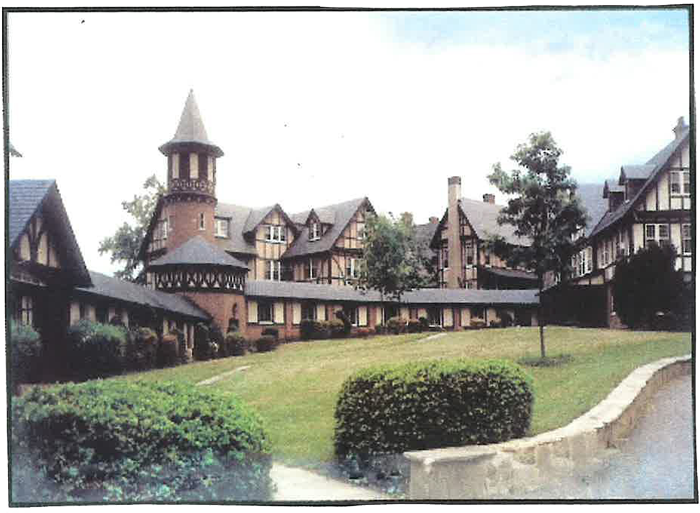
Waltham Province establishes a new province, Baltimore (which later becomes Maryland in 1959). This separation of the southern houses from Waltham attests to the apostolic vitality of Notre Dame and the number of schools from New York to Washington, DC increases rapidly. The new Baltimore Province establishes its provincial house at Ilchester, Md. Photo during visitation of Mere Josepha de St. Francoise in 1952.
After the attack on Pearl Harbor on Dec. 7, 1941, twelve Sisters teaching in Japan are arrested and moved to a concentration camp. In September 1943, through interventions from Switzerland, eleven of the Sisters are freed and sent home to the U.S. while one Irish international Sister is held captive until the end of the war.
The Sisters open Julie Billiart Country Day School, now known as Trinity Elementary School, in Ellicott City, Md.
The Sisters begin their first mission in the state of Connecticut as five sisters move into the convent at Assumption Parish in Westport, Conn. and begin religious instruction for the children. The Assumption School opens in 1950.
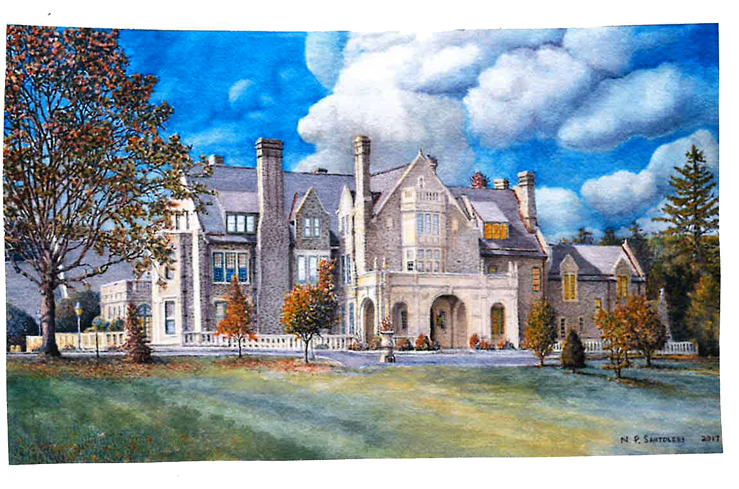
The Sisters purchase property at Villanova, Penn. and the Academy of Notre Dame de Namur opens. Today, the Academy continues to educate young women on “what they need to know for life” while preparing them to be the leaders of tomorrow.
Maryvale Preparatory School opens in Lutherville, Md. as a boarding school. The school becomes a day school for young women in grades 6 through 12 in 1976 and continues today to provide students an excellent education.
 Circle
Circle
Adventurous Sisters expand mission to Hawaii, teaching at Star of the Sea and Holy Family Schools in Honolulu.
Villa Julie opens in Stevenson, Md. as a retirement house and infirmary.
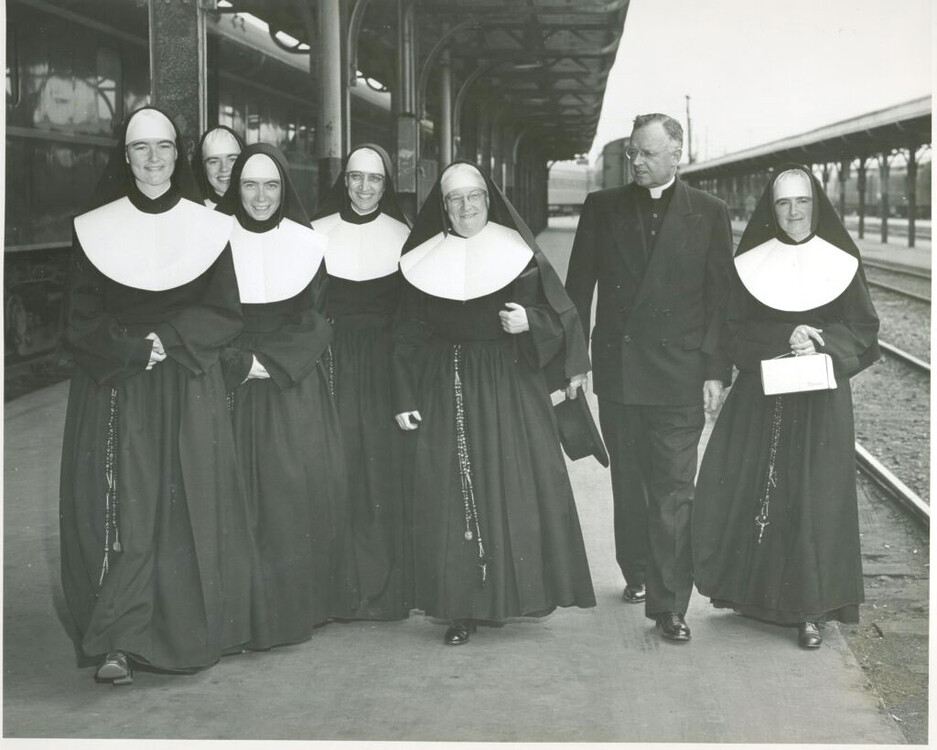
Notre Dame Academy opens in Worcester, Mass. Today, NDA continues its tradition and graduates are confident women who are lifelong learners, spiritual seekers and compassionate global citizens.
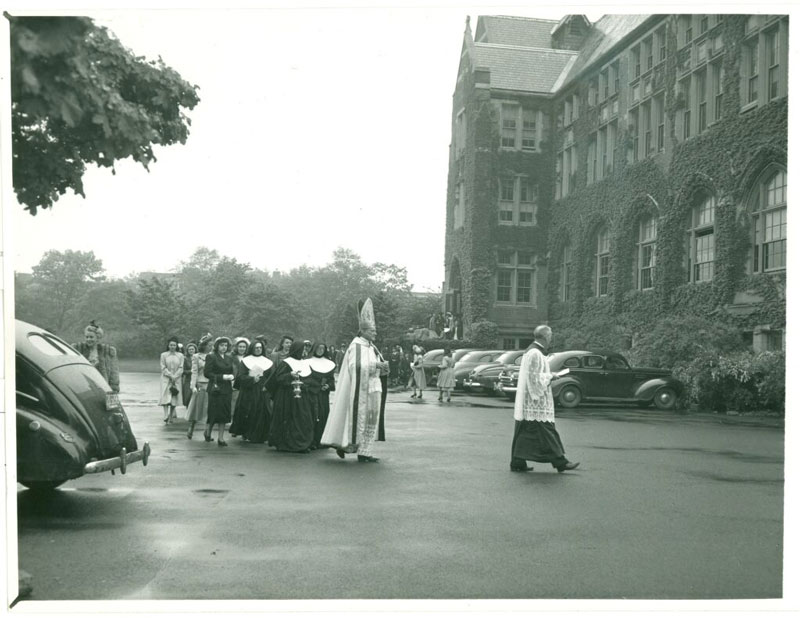
As president of Emmanuel College, Sr. Alice Gertrude Keating begins work to transform the college from a commuter school to a residential college. By the end of her term in 1960, she adds three more buildings to house residential students.
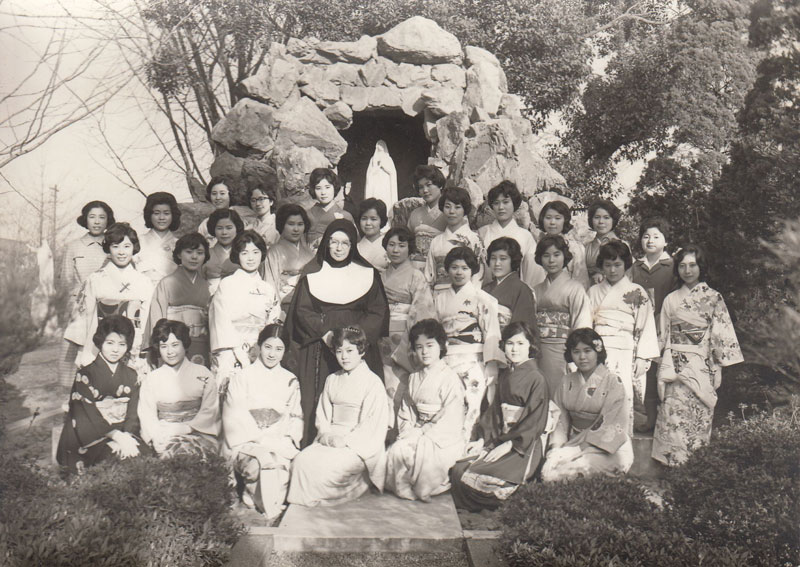 Circle
Circle
College of Notre Dame in Belmont, Calif. becomes a four-year college. Twenty-three Sisters are involved in teaching, administration, or emeritus positions. A decade later, in 1967, CND admits its first male students and in 2001 it becomes Notre Dame de Namur University.
NDA Boston and NDA Roxbury merge and become NDA located in Roxbury. A decade later, in 1965 the school relocates to its new facility in Hingham, Mass. where NDA Hingham continues today.
The novitiate in Saratoga, Calif. Is busting at the seams with women entering in the late ’50s and early ’60s. Sisters start or join faculties of five additional high schools, twenty elementary schools and two Montessori schools in California, Oregon and Washington; many in small communities that were just beginning to experience population growth.
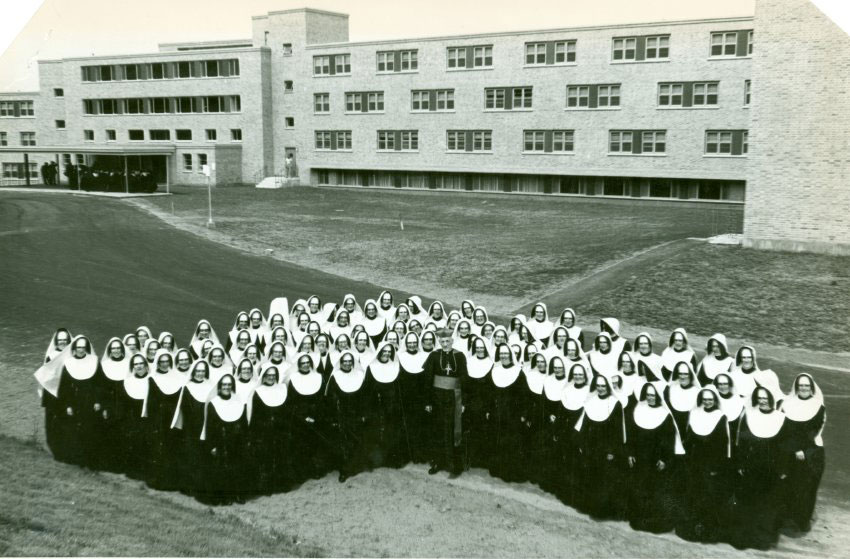 Circle
Circle
Sisters open Lt. Joseph P. Kennedy Institute in Washington, D.C and are pioneers in programs for mentally handicapped children that becomes a model in the District of Columbia and beyond.
By 1959, the Massachusetts Sisters staff many more schools. That same year, the Massachusetts Province creates the Connecticut Province.
The Sisters purchase a beautiful property in Ipswich, Mass. that includes a villa, a dairy barn and a carriage house. The Sisters live in the manor until the novitiate is completed in 1962. Today the property also includes the Notre Dame Spirituality Center, Julie Billiart Resident Care for Sisters, the province and international offices and the Cuvilly Arts and Earth Center at the former dairy barn.

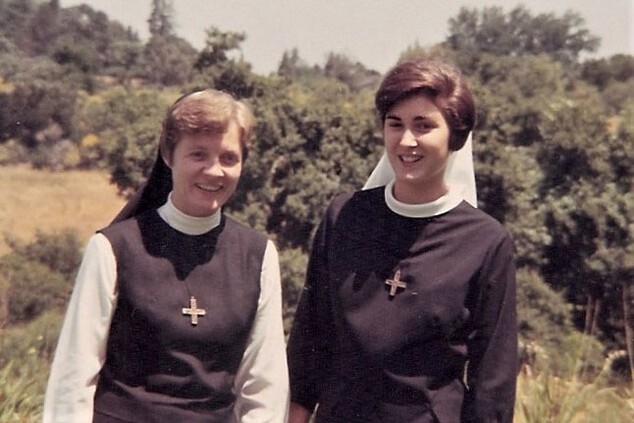
1960s and 70s
The 60s and 70s are a time of change: Sisters start to drive, receive permission to watch TV and go swimming, and are now allowed family visits. They modify their habit and later adopt the Notre Dame cross as a symbol of their congregation’s identity.
 Circle
Circle
Canonization of St. Julie Billiart.
Sisters respond to the challenges put forth by Vatican II. While continuing their strong commitment to education, Sisters serve in diverse ministries, in parishes and non-profit agencies doing community organizing, legislative advocacy, justice and peace work.
A community of Sisters begin living in Hunters Point, a neighborhood in San Francisco, as a ministry presence with the poor. They work closely with the Redemptorist Fathers in this vibrant faith community.
The Julie Community Center is established in East/Southeast Baltimore to help community members (in particular those on low and fixed incomes) access needed resources and support, develop instruments that both combat poverty and urban decline, and foster individual and neighborhood pride, participation and self-determination.
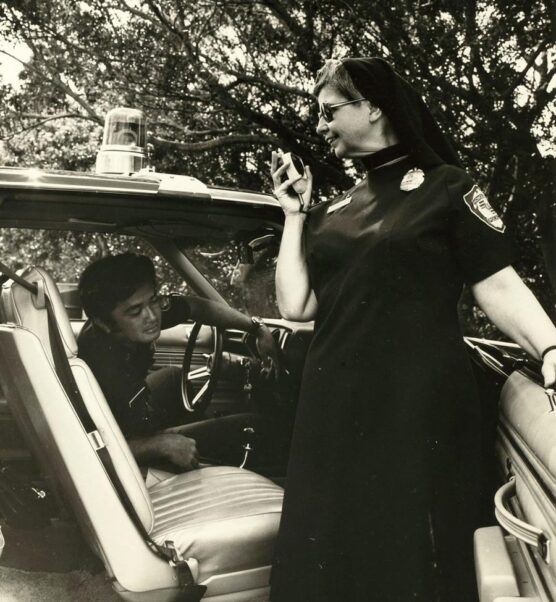 Circle
Circle

Over the next two decades, eighteen Sisters serve in the Diocese of Fairbanks. Five Sisters spent several years in “bush” Alaska, living and working with Athabascan Indians and Inupiat and Yup’ik Eskimos.
While teaching English to police officers at Chaminade College in Hawaii, Sr. Roberta Julie Derby is asked to serve as chaplain for the Honolulu Police Department. She becomes the first female police chaplain in the U.S., and receives a medal of valor for defusing a hostage situation.
Sisters found the Big Laurel School (now Big Laurel Learning Center) — a one-room school in the mountains with no indoor plumbing — to educate the children of rural Appalachia of West Virginia. Others follow to work with domestic violence victims, Head Start preschoolers and in parish ministries and Sisters remain active today.
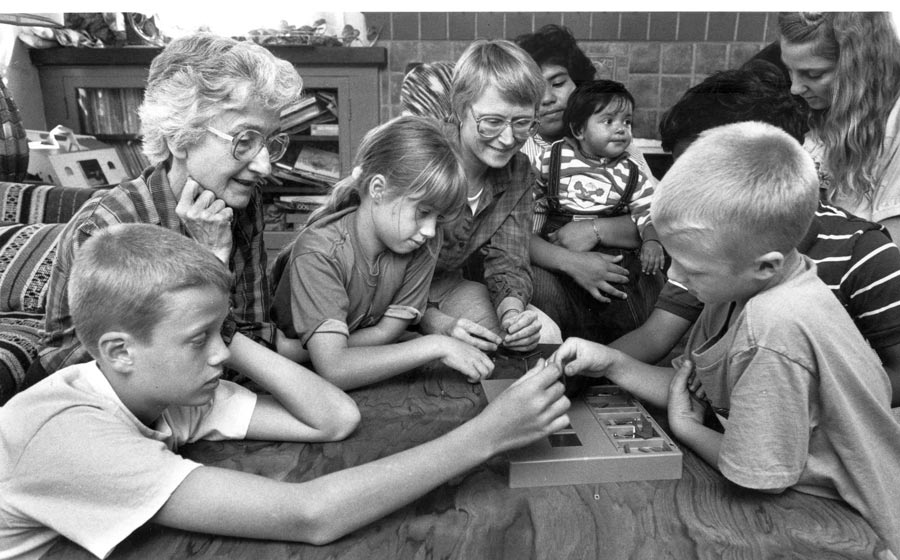 Circle
Circle
Sister Susan Olson and Sister Marie Veronica Wagner open a shelter for women and children where they provide budgeting and parenting classes, and job seeking assistance to lead to stable housing. Pajaro Valley Shelter Services continues today an essential program in Santa Cruz County, serving 233 families last year.
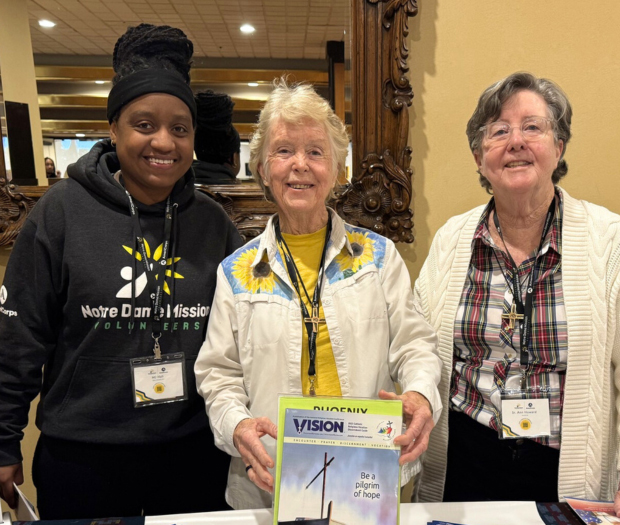
The Notre Dame Mission Volunteer/AmeriCorps Program launches, placing volunteers at sites nationwide to work alongside God’s people, especially the economically disadvantaged. NDMV volunteers promote literacy and education, and are focused on supporting community service and changing lives through education every day by learning and serving alongside one another.
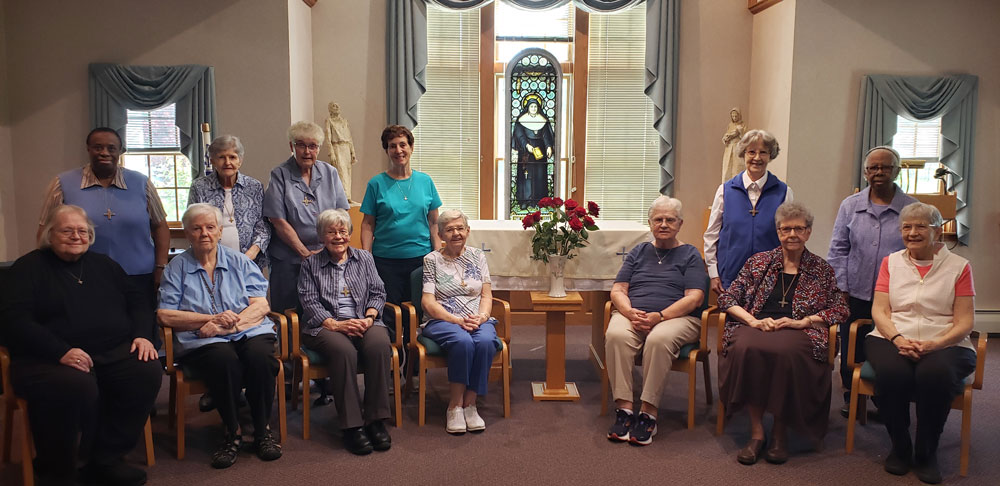 Circle
Circle
Julie House is dedicated in Windsor, Conn. to offer senior living and care for Sisters, and the same year fifty-one Sisters move to the newly built Notre Dame Long-term Care and Rehabilitation in Worcester, Mass. Some travel by wheelchair “down the hill” from the Notre Dame Convent.
The Sisters purchase the Cable Street building and estalish the Chesapeake Province Center which today remains as the regional office.
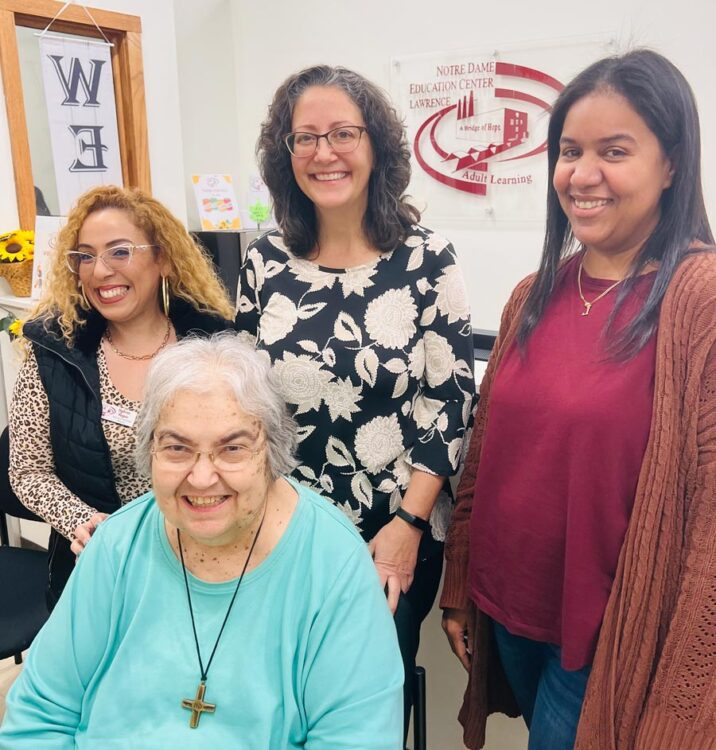 Circle
Circle
The Sisters open Notre Dame Education Center (NDEC) in Lawrence, Mass. as an inclusive community of learning offering English language and citizenship classes, skills training and leadership development – tuition free or low-cost – for the immigrant community.
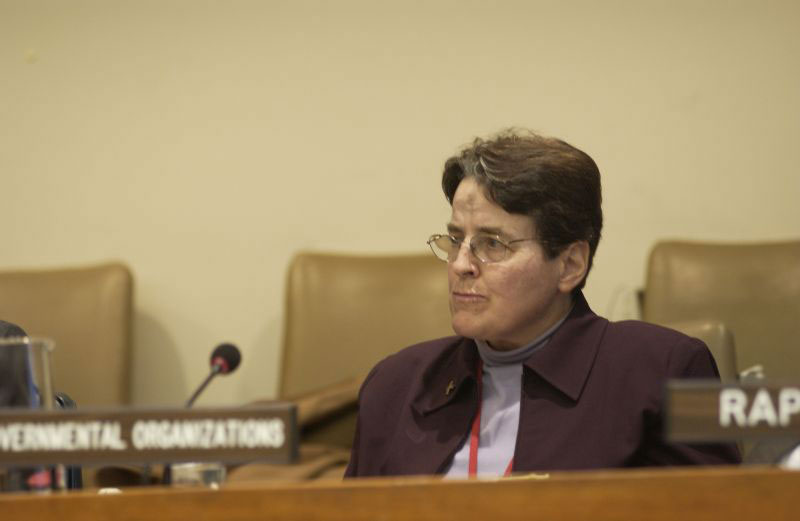
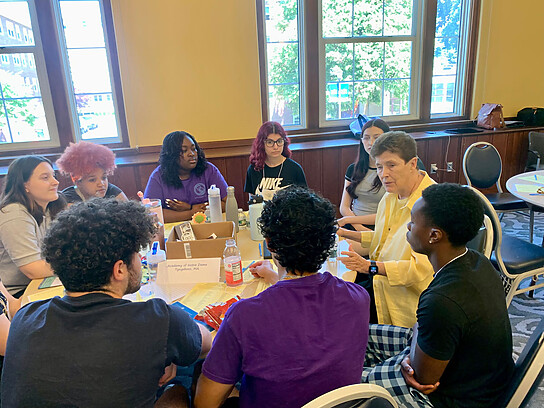
The Notre Dame Virtual School launches to connect the educational ministries of the Sisters of Notre Dame de Namur, facilitate global networking and collaboration, and provide a forum for teachers and students to share educational resources. NDVS begins with seven schools and 40 students in the United States and Britain and, within four years, the school’s membership doubles. NDVS now has schools from Belgium, Japan and Nigeria as well as the original schools in the Commonwealth of Massachusetts and Britain.
The Sisters of Notre Dame de Namur receive United Nations accreditation and, in 2002, Sr. Joan Burke, SNDdeN (then serving in Nigeria) begins serving as the first SNDdeN NGO Representative.
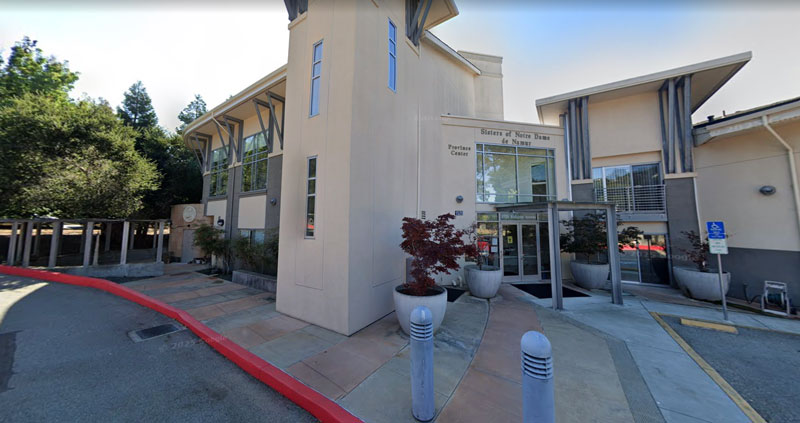
The Belmont Province Center opens in Belmont, Calif. and welcomes its new staff and residents.
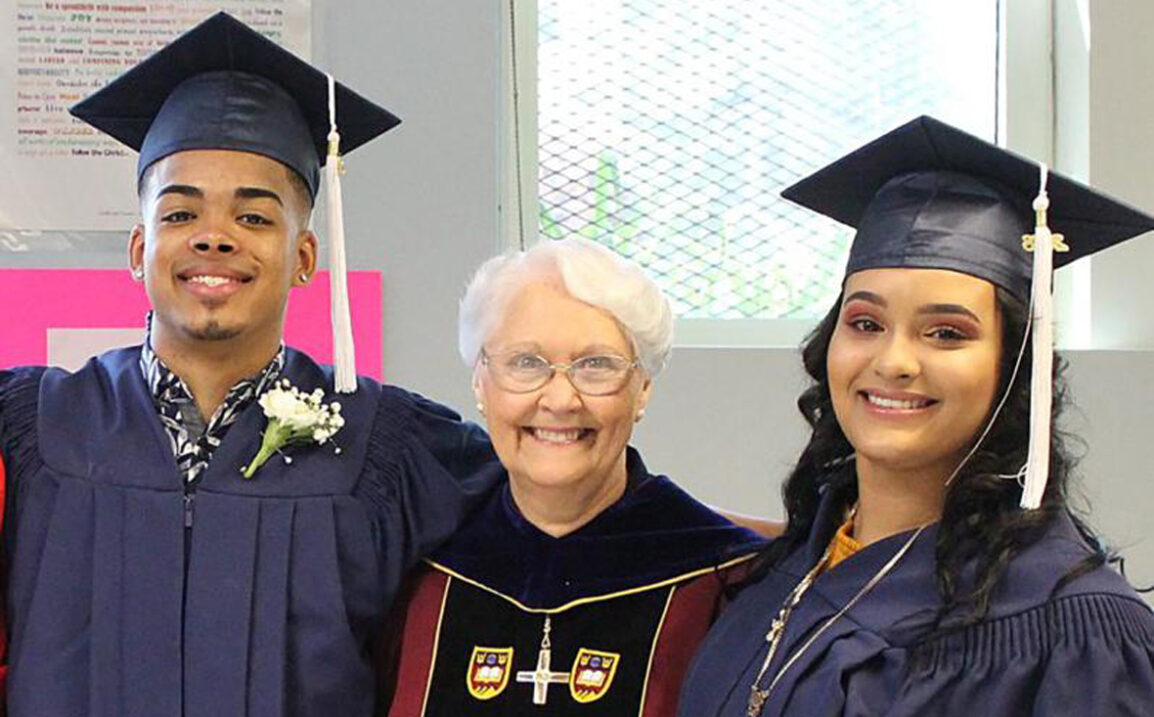
Sisters Academy of Baltimore — a collaboration of four sponsoring religious congregations — opens as a tuition-free, independent middle school for girls in grades 5 – 8 in Baltimore, Md.
Notre Dame Cristo Rey High School (NDCR), a college preparatory high school, officially opens in Lawrence, Mass. to serve economically disadvantaged youth. Now based in Methuen, Mass., NDCR offers Corporate Work Study Program, a unique partnership with the local business community through which each student works five full days per month during the academic year at a participating company, enabling students to earn tuition while gaining valuable on-the-job experience.
In 2014, Ipswich, Boston, Connecticut, Chesapeake and California Provinces merge to create the East-West Province of the United States.
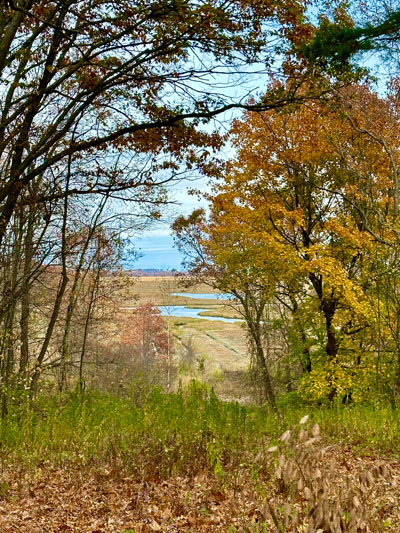 Circle
Circle
The Sisters formalize their commitment to the Laudato Si’ Action Platform (LSAP) — a global appeal to all Catholics and persons of goodwill to join together to form a movement based on the Laudato Si’ agenda — by enrolling on Earth Day, April 22nd.
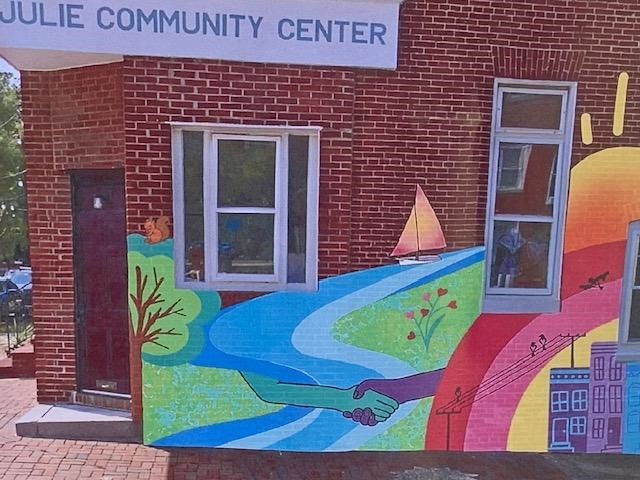 Circle
Circle
Sisters work where the need is greatest, fulfilling St. Julie’s vision that Sisters would go throughout the world, especially to the most abandoned places. Sisters work tirelessly across the East-West Province region, around the United States and throughout the world.
Today, there are 17 Notre Dame sponsored and co-sponsored ministries by the East-West Province in the U.S. Sisters serve in healthcare, education as well as parish and social justice ministries domestically and throughout the world. Our international congregation is located on 5 continents and in 16 countries. In the U.S. we serve in 23 states and the District of Colombia.
Celebrating the Sisters’ Gifts and Impact!
150th in Washington, DC 2023
100th in Belmont, California 2023
175th in Massachusetts 2024
100th in Maryland 2025
85th in Connecticut 2026
175th Annivesary in California 2026
Many thanks to archivists: Nancy Barthelemy, Ipswich, Mass (EW Province); Sr. Kim Dalgarn, SNDdeN, Cincinnati, Ohio (Ohio Province); Sr. Mary Hayes, SNDdeN, Washington, DC (Trinity Washington University); and Kathleen O’Connor, Belmont, Calif. (EW Province).